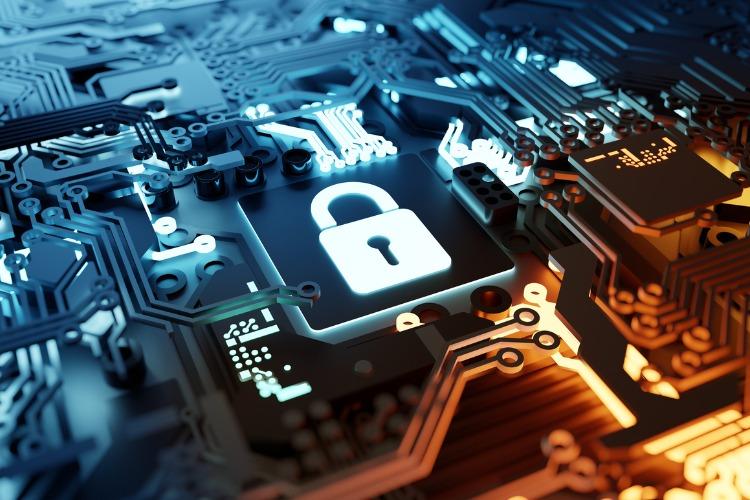How Cyber Threats Impact Route Optimization
In 2024, cyber threats cast a shadow over how we navigate roads.
Imagine hackers hijacking smart vehicles or manipulating traffic grids to cause chaos. You might wonder how route optimization software keeps you safe and efficient amidst these risks.
Here's where enterprise solutions shine. They fortify GPS technology against potential intrusions. But there's more than just defense; they enhance your fleet's performance too.
Curious about what's happening in this digital frontier? Keep reading to find out more.
Got it, let's refine this section with your feedback in mind:
Navigating Real Cyber Threats
We often take for granted the streamlined efficiency of technology in our transportation systems, without considering how quickly things can go haywire.
Are we entering an era where hackers can hijack vehicles and traffic light grids, causing chaos on urban highways? Probably not yet - but it's not out of the realm of possibility.
Hackers look at route optimization tools as potential gold mines. Imagine gaining control over route data to misdirect deliveries, or gridlock city traffic. It's more than just a nuisance, it's a threat to business operations and public safety.
This is why understanding cyber threats matters now more than ever. These dangers emphasize the need for vigilance and robust cybersecurity measures among businesses relying on these advanced technologies every day.
Unseen Vulnerabilities of Smart Tech
Smart tech in the public sector, such as smart street lights and traffic management systems, offers impressive efficiencies but also opens doors to potential cyber threats.
Let's delve into three key areas of weakness:
- Communication Protocols: Many smart systems rely on wireless communication protocols like Zigbee or LoRaWAN for transmitting data. These protocols can be vulnerable if not properly secured with encryption standards, leaving room for attackers to intercept or manipulate the signals controlling critical infrastructure.
- Inadequate Patch Management: Public sector technologies often suffer from slow update cycles due to bureaucratic hurdles. This delay creates a window of opportunity for hackers who exploit outdated software and firmware with known vulnerabilities. Regular updates are crucial in patching these gaps before they become liabilities.
- Sensor Network Security Gaps: Smart street lights rely on sensors collecting environmental data (e.g., light levels). If improperly secured, attackers can access these sensor networks and feed incorrect information into central control systems—potentially disrupting traffic patterns or affecting other connected services within the grid.
These weaknesses underscore the need for stronger security practices around emerging smart technologies in our cities today.
Security in Action
In the fast-paced world of route optimization, keeping software secure is vital. Businesses depend on these tools not just for efficiency, but to fend off potential cyber threats that could derail operations.
Companies specializing in google maps route planning software know this well. They make sure communication between devices and servers is encrypted, meaning data gets scrambled during transmission so hackers can't read it even if intercepted.
Regular system audits help spot vulnerabilities early. These checks are like routine inspections that ensure every digital door and window remains locked tight against unauthorized access.
For businesses using such secure systems, it's about more than just protecting data; it's about ensuring smooth operations without unexpected disruptions from security breaches.
With digital threats evolving rapidly, adopting these technologies is practically mandatory for maintaining business performance, while staying one step ahead of potential attackers.
Lessons from Past Incidents
Cyber threats have thrown some curveballs at our transportation systems, showing us where we're vulnerable. Remember the Jeep Cherokee hack back in 2015? Researchers managed to control its brakes and steering remotely, through a connected system.
While this wasn't a criminal hijacking on the highway, it opened eyes to what's possible.
Then there was that time in 2017 when hackers set off Dallas's emergency sirens by messing with their communication frequencies. It showed just how easy it could be to tap into public infrastructure.
And let's not forget San Francisco’s Muni ransomware attack in 2016, which turned ticketing machines into expensive paperweights for days. These events reveal how cyberattacks can mess with both cars and city systems.
Luckily, we haven't seen smart vehicles getting fully hijacked while cruising down Main Street, at least not yet. But these incidents are reminders that as tech gets smarter, we've got to keep up our guard against whatever comes next.
Concluding Insights on Digital Safety
In 2024, route optimization isn't just about efficiency. It’s about staying ahead of cyber threats in our connected systems. Businesses that adopt strong security measures, like encryption and regular audits, are better prepared for future challenges.
The incidents we've looked at show the stakes involved and underscore the impact of proactive strategies. Whether using specialized software or familiar tools such as google maps route planning, robust cybersecurity has become essential.
As technology evolves, so must our security approaches. By focusing on digital safety today, we ensure smoother operations and build confidence for tomorrow's road ahead.

